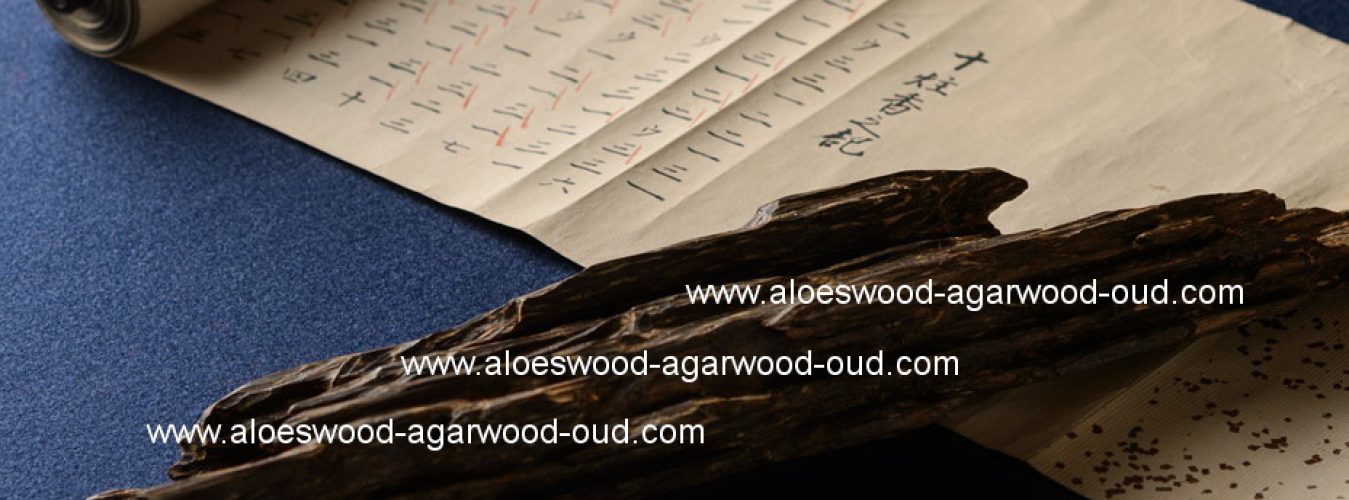What is Oudh and Why is it Highly Prized?

Introduction
Oudh, also known as agarwood, is a rare and highly prized aromatic resin derived from the heartwood of Aquilaria trees. Revered for its captivating fragrance and deep cultural significance, oudh holds a prominent place in various traditions, rituals, and luxury industries worldwide. This article explores the allure of oudh, delving into its historical roots, chemical composition, economic value, and enduring appeal.
The Mystique of Oudh
Oudh exudes an enigmatic allure that has captivated civilizations for centuries. Its complex aroma, characterized by woody, earthy, and balsamic notes, evokes a sense of mystery and allure. Often described as “liquid gold” or “scent of the gods,” oudh possesses a unique olfactory profile that sets it apart from other fragrances. The rarity and exclusivity of oudh contribute to its allure, making it a symbol of luxury, prestige, and sophistication.

Historical Significance and Cultural Reverence
Throughout history, oudh has held profound cultural and spiritual significance in diverse societies. Originating in the Middle East and South Asia, oudh has been revered in ancient civilizations such as Mesopotamia, Egypt, and India. In Islamic culture, oudh is mentioned in sacred texts and revered for its association with paradise and spiritual enlightenment. Similarly, in Hindu and Buddhist traditions, oudh is valued for its purifying properties and use in rituals and ceremonies.
Oudh in Modern Times
In the modern era, oudh continues to exert a powerful influence on global fragrance markets and luxury industries. Perfumers and artisans prize oudh for its complexity and versatility, using it as a base note or standalone fragrance in high-end perfumes, incense, and skincare products. Oudh’s appeal extends beyond its aromatic qualities, with luxury brands incorporating it into jewelry, accessories, and home decor items. Furthermore, oudh has become a status symbol among discerning consumers, symbolizing wealth, sophistication, and refinement.
The Chemistry of Oudh
The distinctive fragrance of oudh is attributed to a complex mixture of volatile organic compounds (VOCs) present in its resinous matrix. Key components of oudh’s aroma include sesquiterpenes, phenylpropanoids, and pyrolytic compounds formed during the resin’s maturation process. These compounds interact synergistically to produce oudh’s characteristic scent profile, which varies depending on factors such as tree species, resin quality, and extraction method. Oudh’s chemistry is a subject of ongoing scientific research, with efforts aimed at elucidating its molecular composition and olfactory properties.
Economic Value and Global Demand
Oudh commands a premium price in global markets, reflecting its scarcity and high demand among consumers. The economic value of oudh is driven by factors such as rarity, quality, and cultural significance. Premium-grade oudh resins, sourced from wild-grown trees and aged to perfection, fetch exorbitant prices in luxury fragrance markets, with some varieties selling for thousands of dollars per ounce. As demand for oudh continues to rise, concerns about sustainability and ethical sourcing have prompted efforts to promote responsible harvesting practices and support Agarwood Beads initiatives.
Conclusion
In conclusion, oudh represents a timeless symbol of luxury, heritage, and sensory indulgence. Its rich history, complex fragrance, and economic value underscore its enduring appeal across cultures and generations. As oudh’s popularity continues to soar, stakeholders must balance commercial interests with environmental conservation to ensure the sustainability of agarwood resources for future generations. By preserving the mystique of oudh and fostering responsible stewardship of agarwood forests, we can honor the legacy of this precious aromatic treasure for years to come.




